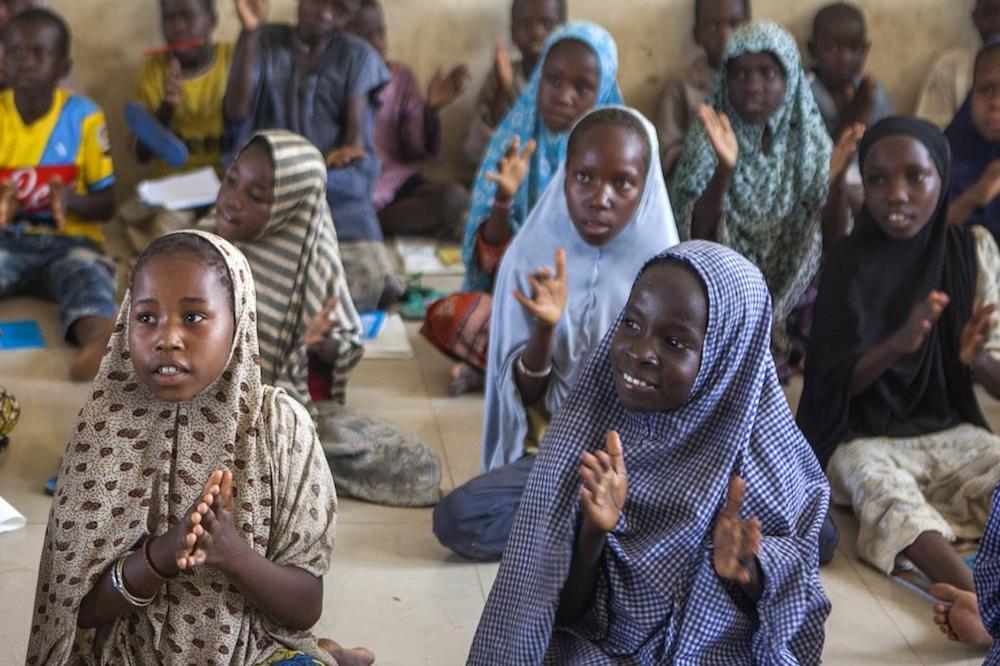
Wars and disasters threw us out of school and into child labour
Child labour
Mamita, 10, works in a factory after her home was destroyed in the Nepal earthquakes Pictures: A World at School/Claire Wilkinson
When wars and natural disasters erupt, one of the first casualties is education.
Children are forced out of their schools and many of them end up in child labour – working to help their families survive.
World Day Against Child Labour is held each year on June 12 to highlight the plight of 168 million children, many of them working in hazardous conditions. Learn more about this year’s theme and events.
Among the millions of child labourers around the world are victims of the ongoing Syrian conflict and last year’s earthquakes in Nepal.
Huge numbers of Syrians have fled their homes into neighbouring countries since the outbreak of violence more than five years ago. In Jordan, nearly half of refugee families report relying partially or completely on income generated by a child.
Aya and Ayesha are Syrian refugees living in Lebanon who both dream of becoming doctors. Last year this A World at School film revealed that – because of the limited number of places at schools – only Aya was able to attend classes.
Ayesha had to spend her days working in fields in the Bekaa Valley. She said: “I bend down all day and it makes my back really sore.”
After the devastating earthquakes that hit Nepal last year, 15-year-old Sabita had to leave school to help support her family.
Their home was destroyed and they lost all their possessions.
Now she works for five or six hours a day at a brick factory – travelling from her village in the mountains and often staying overnight in the premises.
Sabita dreams of going back to school but she needs to work to help her family to rebuild their lives. So does her brother – he also works at the same factory. He is only nine.
Mamita, who is 10, works in a factory too with her 17-year-old sister. They send money home to their family, whose mountain village home was destroyed.
Sabita works in a brick factory and dreams of going to school
Mamita is desperate to return to school and hopes one day to become a teacher.
One in four of the world’s school-age children – nearly 500,000 – live in countries affected by crises such as conflicts, natural disasters and disease outbreaks.
About 75 million of them are either already missing out on their education, receiving poor quality schooling or at risk of dropping out of school altogether.
They are also in danger of falling into child labour, early marriage, extremism or other forms of abuse. Children caught up in humanitarian emergencies need to be in safe schools quickly.
The Education Cannot Wait fund was launched by global and national organisations at the historic World Humanitarian Summit in Turkey last month.
It aims to bridge the gap between humanitarian interventions during crises and long-term development afterwards, through predictable funding.
Now world leaders must step up and commit to make the fund work. Use A World at School’s Education Cannot Wait funding tracker to see what commitments were made during the summit and in the weeks and months ahead as we campaign together until we get every child into school and learning.
More news

